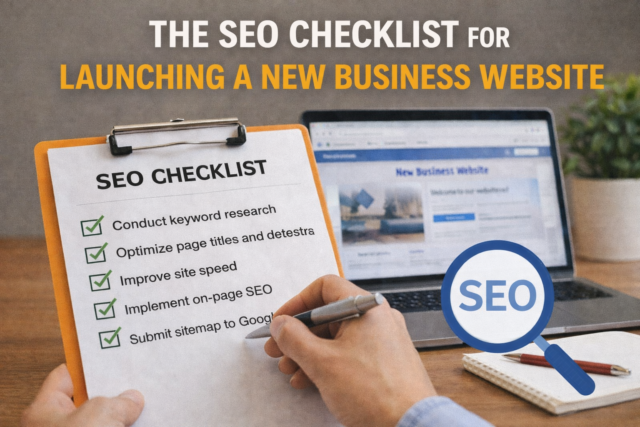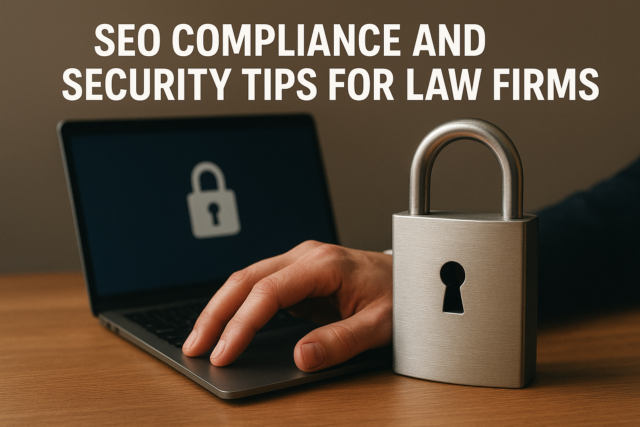In this article, we will explore the role of image optimization in SEO and why it’s crucial for website success. Image optimization has many benefits. More than 26% of search queries are made through images, which proves that high-quality and optimized images can bring you new traffic.
Well-optimized images contribute to a better user experience and engagement with your content. Believe me, no one likes to see an image stretched across the entire page or make everyone wait until it’s fully loaded. Also, by actively working on such optimization, you will not miss broken or low-quality images that will slow down your site’s performance.
Images are an essential element of web content. They make content visually appealing and convey information more effectively than text alone. However, images can also slow down a website’s loading time, leading to poor user experience and negatively affecting search engine rankings. This is where image optimization comes in – reducing the file size of images without sacrificing their quality to enhance website performance.
Understanding Image Optimization in SEO
Image optimization is the process of reducing the file size of an image without affecting its quality. It’s done to ensure faster loading times, which leads to a better user experience and improved search engine rankings. The process involves a few steps, including:
Choosing the Right File Format
Selecting the correct file format is crucial to image optimization. The most common image file formats are JPEG, PNG, and GIF. Each has its advantages and disadvantages, and choosing the right design depends on the type of image and its intended use.
Resizing Images
Resizing images to the appropriate dimensions can significantly reduce file size. It’s crucial to use high-quality photos and not sacrifice their resolution when resizing.
Compressing Images
Image compression reduces the file size of images by removing unnecessary data while retaining their quality. It’s crucial to balance contraction and image quality to ensure that the image remains clear and visually appealing.
Naming and Structuring Images
Correctly naming and structuring images is essential for SEO. Search engines use file names and alt text to understand an image’s content, so it’s crucial to use descriptive and relevant titles and add alt text to all ideas.
The Importance of Image Optimization in SEO
Image optimization is essential for SEO because it helps websites achieve better search engine rankings by improving page load times and user experience. Here are some of the ways image optimization impacts SEO:
Faster Page Load Times
One of the most significant benefits of image optimization is faster page load times. When images are optimized, they take up less space and load faster, improving website speed and user experience. This is crucial for SEO because faster websites rank better on search engine results pages (SERPs).
Improved User Experience through Image Optimization in SEO
Optimized images enhance the user experience by improving website speed and reducing the likelihood of users leaving due to slow loading times. This can lead to longer dwell times, decreased bounce rates, and increased engagement, all of which are positive signals for search engines.
Reduced Bounce Rates
Bounce rates refer to the percentage of users who leave a website after viewing a single page. Slow loading times can lead to high bounce rates, negatively impacting search engine rankings. By optimizing images, websites can reduce bounce rates and improve rankings.
Better Mobile Performance
With more people accessing websites on their mobile devices, it’s crucial to ensure that websites are optimized for mobile performance. Optimizing images can significantly improve website speed on mobile devices, leading to better user experience and improved search engine rankings.
Best Practices for Image Optimization in SEO
Following best practices is crucial to ensure that images are optimized for SEO. Here are some of the best practices for image optimization:
Use High-Quality Images
High-quality images are essential for website design and user experience. When using images on a website, it’s crucial to use high-quality images relevant to the content.
Use the Right File Format
Choosing the correct file format is crucial to image optimization. JPEG is the best option for photographs, PNG for graphics and logos, and GIF for animations.
Optimize Image Size
Images should be optimized for faster loading times. Reducing image size without sacrificing quality is crucial to ensuring the photograph remains visually appealing.
Correctly naming and structuring images is crucial for SEO. Using descriptive file names and adding alt text to all ideas is essential to help search engines understand the image’s content.
Reduce the Number of Images
Too many images on a web page can slow its loading time. Limiting the number of pictures on a page is crucial to reduce load time and to improve user experience.
Use Image Compression Tools
There are various tools available to compress images without sacrificing their quality. Using these tools can significantly reduce image size and improve website performance.
Use Lazy Loading
Lazy loading is a technique that loads images as the user scrolls down the page. This technique can significantly improve website speed and reduce the load time of pages with multiple images.
Conclusion of Image Optimization in SEO
Image optimization is crucial in website design, user experience, and SEO. It’s essential to optimize images to reduce page load times, improve user experience, and boost search engine rankings. Following best practices and using the right tools can help ensure that images are optimized for SEO without sacrificing quality.
FAQs about Image Optimization in SEO
Q.1 Why is image optimization important for SEO?
Image optimization is essential for SEO because it helps websites achieve better search engine rankings by improving page load times and user experience.
Q.2 What are the best practices for image optimization?
Some best practices for image optimization include using high-quality images, choosing the correct file format, optimizing image size, and using descriptive file names and alt text.
Q.3 How does image optimization improve user experience?
Image optimization enhances user experience by improving website speed and reducing the likelihood of users leaving due to slow loading times.
Q.4 How can I optimize images on my website?
You can optimize images on your website by following best practices, using compression tools, lazy loading, and reducing the number of pictures on a page.
Q.5 What file format should I use for images?
The file format you should use for images depends on the type of image and its intended use. JPEG is best for photographs, PNG for graphics and logos, and GIF for animations.





